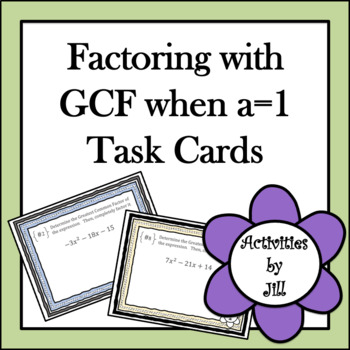- Have them write "horizontal", "vertical" or "diagonal" before graphing.
- Give a quick check for understanding focused on only this topic.
- As you work through examples in class, ask students to predict what type of line to expect before graphing.
I think of this as having an understanding of the "big picture". Others describe it as common sense.
Example #2
Another topic I've noticed that students struggle with is labeling perimeter, area, and volume. Many of them just don't make the "big picture" connection. They perform all sorts of contortions to decide how to label an answer. Some seem to think that the shape determines the labeling.
All they need to know is this:
- All areas are square units (area, surface area, lateral area, base area).
- All volumes are cubic units.
- Anything else is single units (length, base, width, height, perimeter, circumference).
It is not common sense ... teach it! Every student will not just figure it out. If so, I would need to be writing this post.
Example #3
The same goes for positive vs. negative slope. A positive slope is a line that slants upward from left to right showing an increase. A negative slope is a line that slants downward from left to right showing a decrease. Train your students to think about whether the slope will be positive or negative before counting it or graphing a linear equation.
Verbalize the key "big picture" takeaways.
Remember, common sense is not common!


















